Length 8.16 m Manufacturer Slingsby Aviation | Wingspan 16 m | |
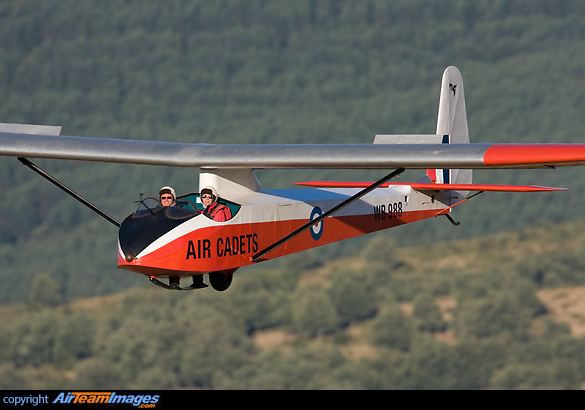 | ||
Slingsby t 21 launch at shenington gliding club
The Slingsby T.21 is an open-cockpit, side-by-side two-seat glider, built by Slingsby Sailplanes Ltd and first flown in 1944. It was widely used by the RAF Air Cadets and by civilian gliding clubs, and is still a very popular machine.
Contents
- Slingsby t 21 launch at shenington gliding club
- Slingsby t 21 sedbergh ghisalba bg kit cnc seialisei
- Design and development
- Operational history
- Variants
- Operators
- Aircraft on display
- Specifications T21B
- References
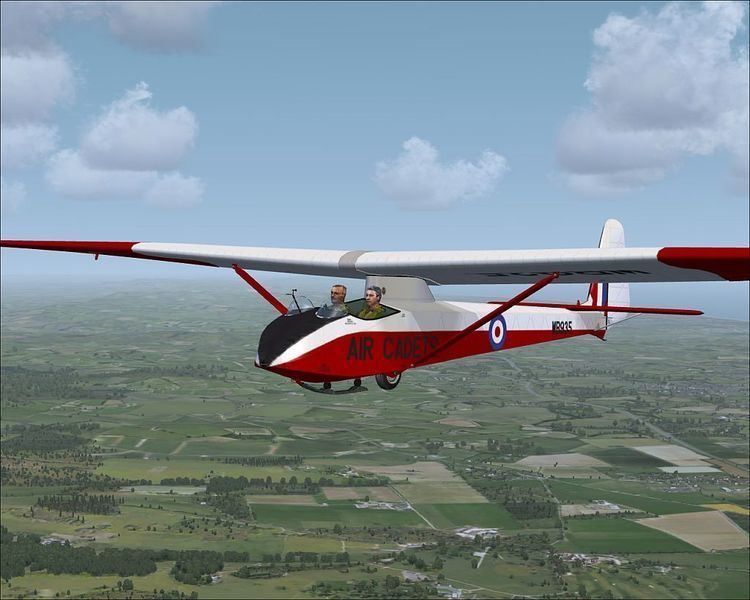
Slingsby t 21 sedbergh ghisalba bg kit cnc seialisei
Design and development
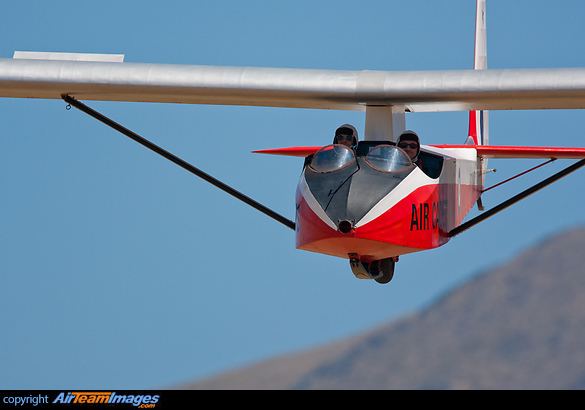
The Type 21 prototype, the T.21P, first flew in 1944. It was of wooden construction covered with fabric, and was in most respects a scaled-up development of the single-seat German Grunau Baby, which Slingsby had built under licence before the war. The strut-braced wings had a span of 50 ft, and the upper decking section of the nose was removable, in order to expose the crew to the airflow in the same way as a primary glider. It was designed for use by the Air Training Corps, but was rejected by them and put into storage.
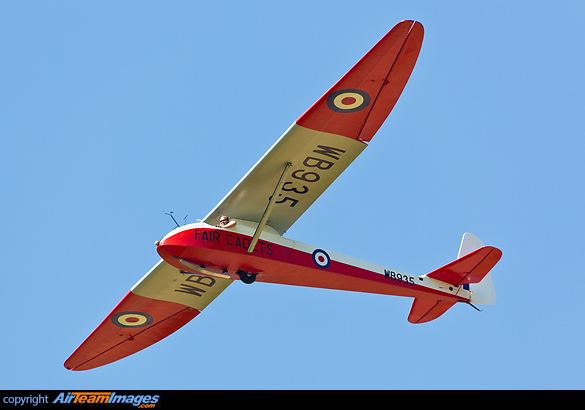
After the end of the war it was bought by the London Gliding Club, who found it very useful. Improvements were suggested, and the result was the T.21A, first flown in 1947, which had its wingspan increased to 54 ft, and dispensed with the removable nose section. Only one was built, but a slightly modified version, initially known as the T.28, was ordered by the Royal Air Force for Air Cadet training. This was the T.21B, which first flew in December 1947 and went into quantity production both for the RAF (named the Sedbergh TX.1 after the public school of that name) and for civilian clubs. Large numbers were exported to India, as well as to Egypt, Jordan, Kenya, Malaya, the Netherlands, Pakistan, Portugal, South Africa and Sweden.
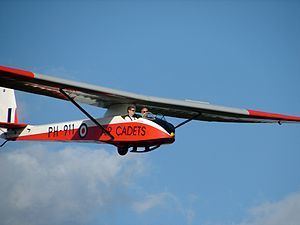
Up to this time most training had been solo, on single-seat primary gliders, but the introduction of the T.21, together with its cousin, the tandem two-seat T.31, meant that virtually all initial training was being carried out in two-seaters by the early 1950s. The T.21 was popularly named "The Barge", after its boat-like hull and sedate flying qualities, while the T.31 was often referred to as "The Brick", again after its flying qualities.

Another one-off version was the T.21C, also known as the T.46, which flew in October 1957. The wings were lowered so they were placed either side of the upper fuselage, rather than on a pylon above the fuselage. This had the effect of increasing the span to 56 ft 6 in. It also had an enclosed cockpit and redesigned tail surfaces.
Approximately 226 T.21Bs were built, with production ending in 1966. This total included 19 built for the RAF by Martin Hearn Ltd. at Hooton Park in 1950, and about five built by clubs and individuals from kits or spares.
Operational history
The RAF received 95 Sedberghs, and the type remained in service until the mid-1980s, when all their wooden gliders were replaced by Grob Vikings. By this time most of the civilian clubs no longer flew T.21s, but the RAF fleet was auctioned off, and the type gained a new popularity with groups seeking recreational flying, in Germany and the Netherlands as well as the UK.
Variants
Operators
Aircraft on display
Specifications (T.21B)
Data from British Gliders and Sailplanes 1922-1970, The World's Sailplanes:Die Segelflugzeuge der Welt:Les Planeurs du Monde
General characteristics
Performance
